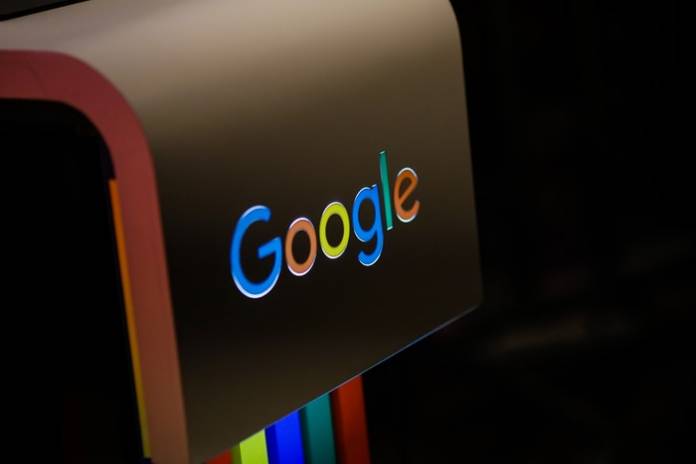
Google has launched a location data technology to reveal whether people are complying with stay-at-home orders around the world – or not. Known as the COVID-19 Community Mobility Reports, the website reveals the extent to which people are observing social distancing rules in various parts of a city, state, and country. The anonymous data is collected from smartphone users who opt-in for the service.
Given that governments around the world are ordering people to stay-at-home to prevent escalation of the coronavirus crisis, the data from Google’s COVID-19 Community Mobility Reports will enable public health officials to understand people’s movements and responses to the pandemic.
“As global communities respond to the COVID-19 pandemic, there has been an increasing emphasis on public health strategies, like social distancing measures, to slow the rate of transmission,” Google wrote. “In Google Maps, we use aggregated, anonymized data showing how busy certain types of places are — helping identify when a local business tends to be the most crowded.”
Although the coverage will extend to cover most countries of the world, Google is starting with 131 countries at the moment. The social distancing reports will be made available in PDF after a user selects the country or geographic region since PDF can be downloaded much easily and shareable with other persons. The detailed report contains people’s movements and gathering patterns in six main categories which include –
- Retail and recreation – restaurants, shopping malls, libraries, movie theaters, museums, etc.
- Grocery and pharmacy – drug stores, farmers markets, supermarkets, food warehouses, etc.
- Parks – theme parks, public beaches, plazas, marinas, etc.
- Transit stations – bus and train stations, subway stops, etc.
- Workplaces – offices, factories, worksites, etc.
- Residential areas – people’s homes.
The scope of people’s movement captured by the technology covers the past 48-72 hours. Also, the data will be presented in percentages and not in actual numbers. To this extent, the data generated will enable government agencies and public health officials to know where to focus in their fight against coronavirus and where to apply palliative resources in cases of aggregate surges.
The data generated by the new Google technology does not reveal personally identifiable information about people, and this makes contact tracing nearly impossible for public health officers. Another demerit of the initiative is that the location data cannot distinguish between ordinary crowds of people and officials working on a particular need. For instance, the data cannot distinguish between healthcare workers at a medical facility and patients or visitors to the facility. But Google promises to look into these aspects in the near future.
Source: theverge.com










